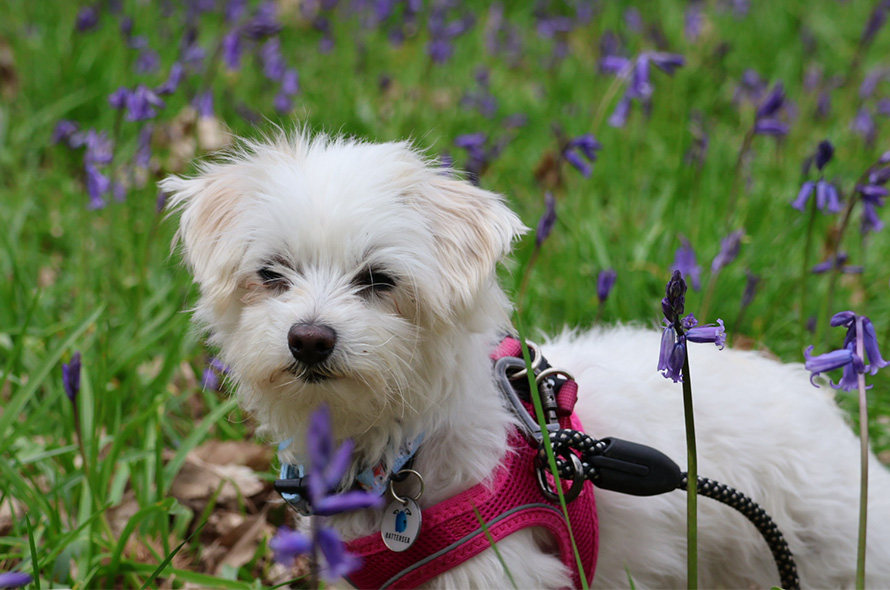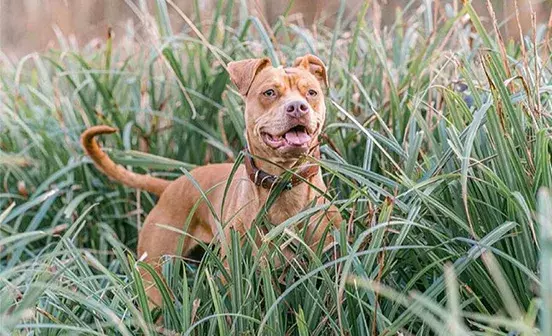Most of the time, if your dog is stung by a bee or wasp, the worst they will end up with is a swollen face or paw and some localised pain and irritation. Though your dog might appear distressed when they’ve been stung, this pain should go away after a short period of time.

In some cases, however, your dog may be allergic to the poison that is injected by the bee or wasp sting. If not treated this could result in a severe reaction or even death. If your dog is stung somewhere like the throat or mouth, or stung several times in one go, contact your vet as soon as possible for advice. Your vet will most likely ask you to bring your dog in straight away.
Signs that your dog has been stung by a bee or wasp
- Biting or giving attention to the place they have been stung
- Whining
- Swelling in a specific area
- Holding up the affected area e.g. their paw
- Pawing at the affected area e.g. their face, mouth or throat
Signs of an allergic reaction when your dog is stung by a bee or wasp
- Vomiting
- Rapid breathing or difficulty breathing
- Weakness or collapsing
- Pale gums
- Diarrhoea
- Excessive swelling around the sting and spreading away from it
If your dog is displaying any of these signs, you should contact your vet immediately and make arrangements to take your dog in for emergency treatment.
What to do if your dog has been stung
Quickly remove the sting using a credit card or something similar to scrape it out. Be careful to scrape from below the venom sac and don’t squeeze or pull the sting out as this can release more venom and prolong the irritation.
Once you’ve done this, run a clean tea towel or cloth under the cold tap and hold it against where your dog was stung to reduce the swelling. Ice is good to quickly soothe the site of the sting but be careful not to shock your dog with the sudden temperature change and sensation.
Your dog is likely to be agitated and irritated by the sting, so as much as possible try to calm them down and keep them cool. It’s important that you try to remain calm too.
Keep an eye out for any signs of an allergic reaction that might develop within the first few hours.
Some people recommend over the counter antihistamines when your dog has been stung, but certain ingredients in different brands can be fatal to animals. If you choose to do this, you should always check with your vet to make sure you are giving the right drug, and in the right quantity for your dog’s size and weight.



